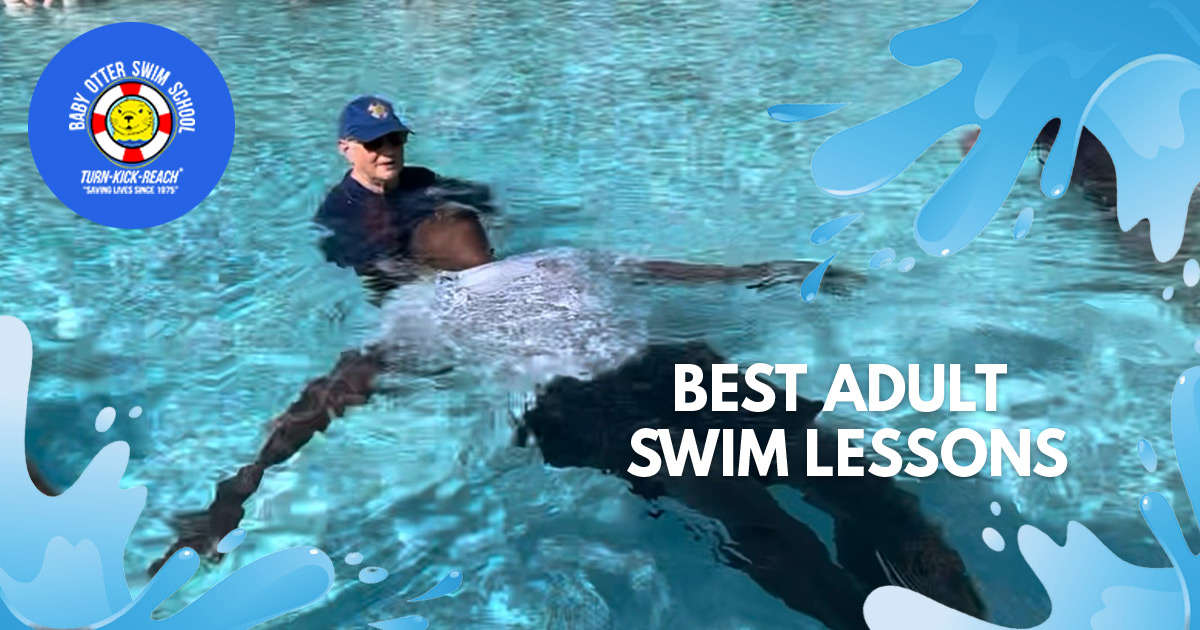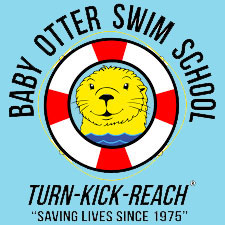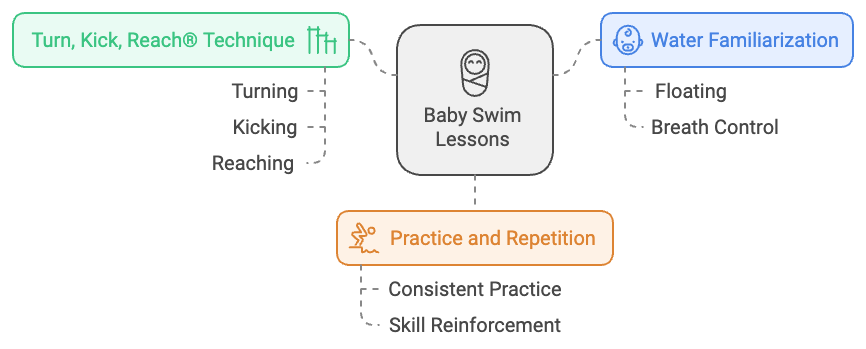How Swimming Lessons For Beginners Foster Confidence and Ability Growth
How Swimming Lessons For Beginners Foster Confidence and Ability Growth
Blog Article
Every Little Thing You Need to Learn About Swimming Lesson for Beginners: A Comprehensive Guide
Understanding the fundamentals of swimming lessons for beginners is essential for promoting both safety and skill growth in the water. The path to becoming a confident swimmer is often fraught with difficulties, consisting of the typical worry of water.
Significance of Water Safety And Security
Water safety is paramount for anyone venturing right into aquatic environments, especially newbies. Comprehending the prospective risks connected with water activities is important to make certain a risk-free and pleasurable experience. Stats indicate that sinking remains a leading cause of unexpected death, emphasizing the demand for heightened understanding and precautionary actions.
The very first step in water safety involves identifying the importance of guidance. Grownups should constantly maintain a close eye on children and unskilled swimmers, as even superficial water can pose significant threats. Furthermore, putting on suitable flotation protection devices, such as life vest, is important, specifically for those that are not yet certain in their swimming abilities.
One more critical aspect is acquainting oneself with the particular setting. Each body of water has one-of-a-kind qualities, consisting of currents, tides, and temperature level, which can influence safety. Swimmers must additionally understand climate conditions and prospective risks, such as submerged objects or unexpected adjustments in depth.
Finding the Right Trainer
Choosing a qualified instructor is a crucial action in making certain a secure and effective understanding experience for newbies. When looking for a teacher, consider their qualifications and experience. Search for individuals that are licensed in mouth-to-mouth resuscitation and Emergency Treatment, along with those that hold identified swimming teaching qualifications, such as those from the American Red Cross or YMCA.

Additionally, examine the trainer's interaction abilities. They should have the ability to communicate directions clearly and demonstrate techniques efficiently. A link in between the instructor and the student can improve motivation and cultivate a favorable discovering ambience.
Finally, think about logistics such as course scheduling, place, and dimension. Smaller sized course dimensions commonly permit more tailored interest, which can be helpful for beginners. By very carefully examining these elements, you can locate a teacher that will add to an effective swimming experience.
Crucial Swimming Strategies
Understanding vital swimming techniques is important for novices intending to build self-confidence and proficiency in the water. The foundation of effective swimming depends on mastering the fundamental skills that enhance both safety and security and pleasure during practice.
One of the very first techniques to concentrate on appertains breathing. Beginners need to discover to breathe out underwater and inhale quickly when turning their heads sideways, making certain a consistent rhythm that supports endurance. In addition, body positioning plays a crucial role; swimmers should preserve a structured posture, maintaining the body horizontal and flat to lower drag.

Last but not least, comprehending the importance of buoyancy can not be neglected. Mastering floating methods will boost convenience and security in the water. By concentrating on these crucial methods, beginners can develop a solid swimming foundation, establishing them up for better success in future lessons and advanced abilities.
Different Swimming Styles
Numerous swimming designs exist, each offering unique strategies and benefits that satisfy various preferences and objectives. The four primary strokes-- freestyle, breaststroke, butterfly, and backstroke-- form the structure of competitive swimming and recreational techniques.
Freestyle, additionally referred to as the front crawl, is identified by a flutter kick and alternating arm movements, enabling for optimal speed and effectiveness. It is typically the most prominent selection for beginners because of its straightforward strategy and adaptability in different water setups.
Backstroke, carried out on the back, employs a similar flutter kick however uses a windmill arm activity. This stroke enhances body positioning and promotes leisure in the water, making it a superb option for those who might feel anxious while swimming.
Breaststroke features a frog-like kick and synchronised arm activities, promoting a slower speed that permits improved breathing control. This stroke is particularly valuable for beginners as it urges a natural rhythm.
Last but not least, the butterfly stroke, recognized for its challenging technique, integrates a dolphin kick and simultaneous arm activities. While more innovative, grasping it can substantially boost total swimming proficiency. Embracing these diverse designs can lead to an all-around swimming experience.
Overcoming Common Difficulties
Although swimming can be a satisfying activity, newbies commonly run into different challenges that might impede their progression Swim School Franchises and satisfaction in the water. Begin by adjusting to the water in superficial areas, and practice breathing strategies outside of the water to develop confidence.
One more difficulty is understanding basic strategies, such as drifting and stroke mechanics. Beginners need to concentrate on appropriate body placement and breathing patterns. Utilizing flotation devices can assist in establishing a feeling of balance while practicing stroke fundamentals.

Last but not least, finding an encouraging setting, whether with group lessons or individually training, can substantially improve knowing. Positive comments and support are crucial for conquering obstacles and cultivating improvement. By resolving these usual problems head-on, beginners can grow a positive swimming experience and development at a comfy speed.
Conclusion
In recap, swimming lessons for beginners include critical aspects such as security, effective direction, and proficiency of essential methods. Focus on core abilities, including breathing and body positioning, aids in establishing self-confidence in the water.
Comprehending the fundamentals of swimming lessons for beginners is important for promoting both safety and security and skill growth in the water.Water safety is critical for anybody venturing right into aquatic atmospheres, particularly newbies. Arm activities must additionally be collaborated with the kick; beginners should learn the significance of reaching ahead and pulling with the water successfully.
Although swimming can be a satisfying activity, novices commonly run into numerous obstacles that may impede their development and pleasure in the water. Begin by adapting to the water in shallow areas, and practice breathing methods outside of the water to develop confidence.
Report this page